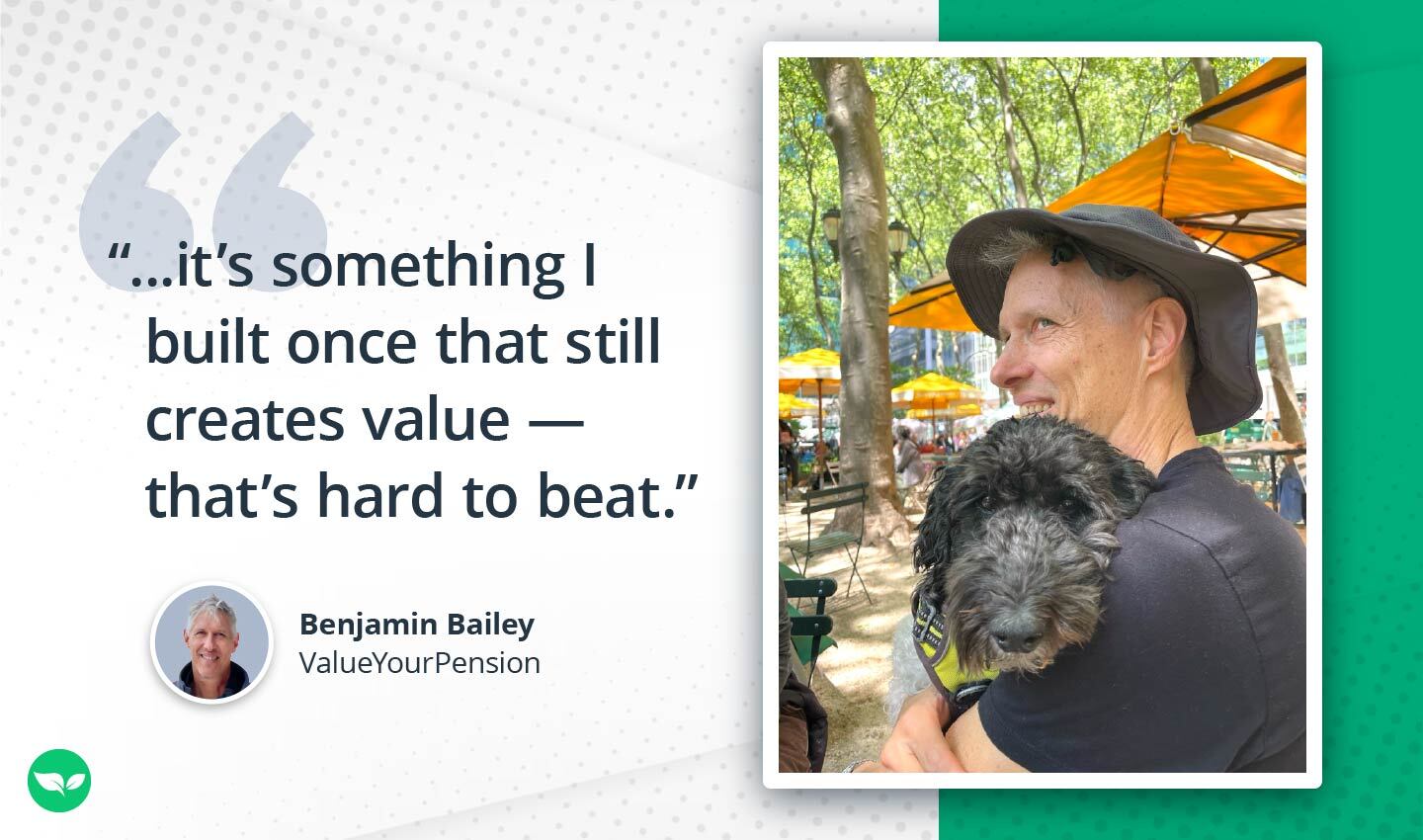How a College Professor Turned a Simple Calculator Into $10K a Year in Passive Income
Our readers always come first
The content on DollarSprout includes links to our advertising partners. When you read our content and click on one of our partners’ links, and then decide to complete an offer — whether it’s downloading an app, opening an account, or some other action — we may earn a commission from that advertiser, at no extra cost to you.
Our ultimate goal is to educate and inform, not lure you into signing up for certain offers. Compensation from our partners may impact what products we cover and where they appear on the site, but does not have any impact on the objectivity of our reviews or advice.
With $2,000, a few freelancers, and no coding skills, this professor built a tool that now earns $10K a year — almost entirely on autopilot.

Our mission at DollarSprout is to help readers improve their financial lives, and we regularly partner with companies that share that same vision. If a purchase or signup is made through one of our Partners’ links, we may receive compensation for the referral. Learn more here.
Benjamin Bailey was sitting at a café in Europe with his wife when his phone buzzed.
Ding. Another $50 payment had come through. Enough to cover lunch, maybe dinner too.
💰 Revenue: $10K to $11K per year (mostly passive)
🗓️ Started: 2020
Featured Quote:
Bailey is a professor of communication at the University of Massachusetts Amherst. But a few years ago, he quietly launched a side hustle most people wouldn’t expect: a pension valuation calculator.
The site took him about 200 hours and $2,000 to create. Today, it brings in $10,000 to $11,000 a year in nearly passive income, without marketing, social media, or even regular upkeep.
“I didn’t write a single line of code,” he said. “I hired a couple of freelancers, used WordPress and PayPal, and just built something useful for a very specific audience.”
The best part? It still works. The tool runs almost entirely on autopilot, and Bailey believes anyone with a niche idea and the right help can do something similar.
Solving a $200 Divorce Problem with a $50 Tool
Bailey didn’t set out to build a business — he just wanted to help his wife work more efficiently.
“She’d be waiting weeks for actuaries to send back a pension value,” he said. “It was frustrating. And it held up the whole divorce process.”
As a divorce mediator, his wife often needed to calculate the present value of her clients’ pensions, an essential part of splitting assets. While dividing a 401(k) is straightforward, traditional pensions require more guesswork. They’re promises of future monthly payments, and figuring out what those are worth today usually means hiring an actuary.
“It cost about $200 every time,” Bailey said. “And the formulas were nowhere to be found — unless you knew where to look.”
He eventually found what he needed buried in an 800-page reference manual called Value of Pensions in Divorce. Once he understood the math, he realized there was no reason it couldn’t be automated.
“For most cases, people didn’t need a full actuarial report,” he said. “They just needed a reliable number to keep things moving.”
That became the foundation for ValueYourPension.com, a self-serve website that delivers pension valuations instantly. Users — typically family lawyers, accountants, or individuals navigating divorce — enter a few details and get a result in seconds.
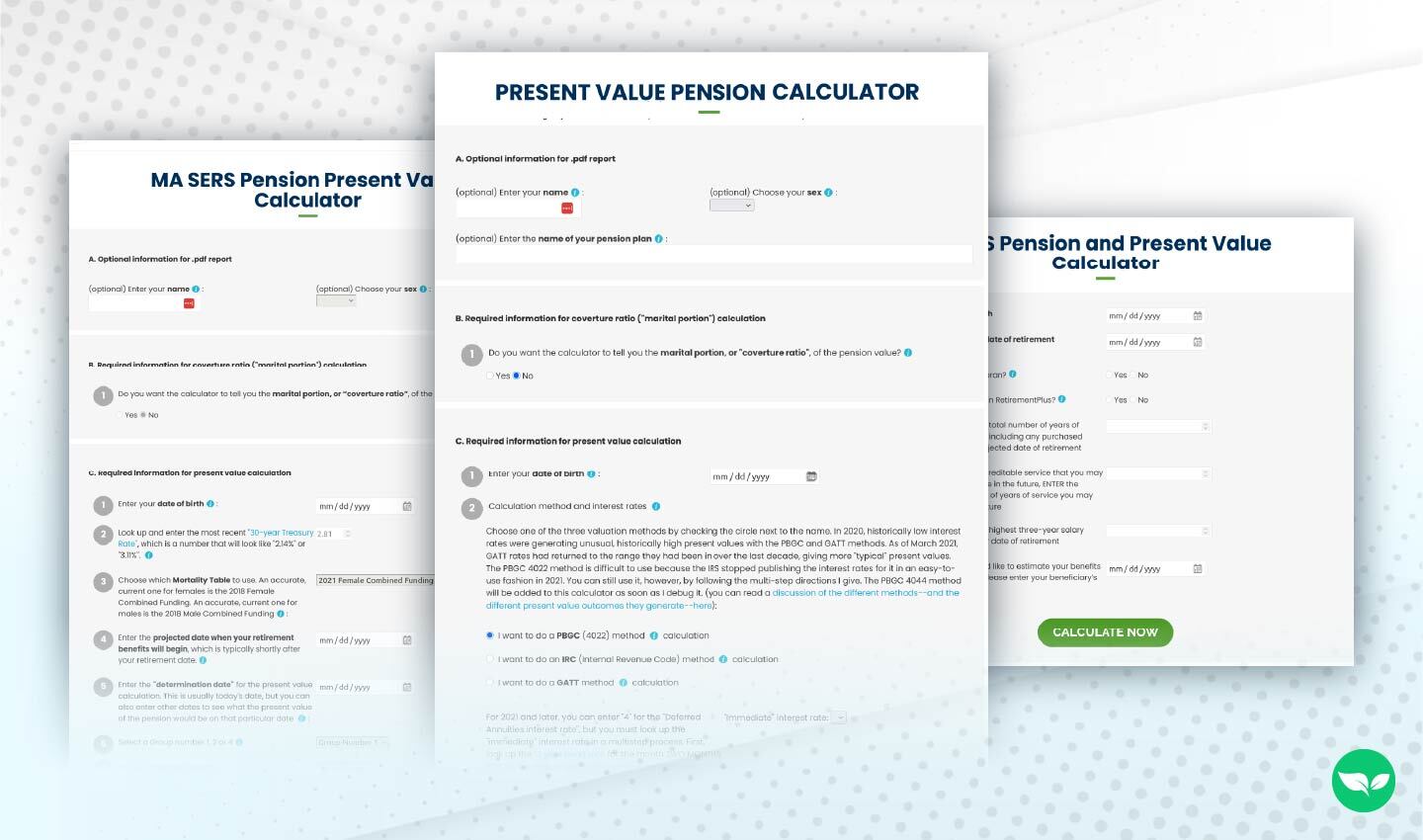
No delays. No follow-ups or back-and-forth. And at $50 to $100 per use, no need for a $200 actuary.
Related: 20 Online Business Ideas With High Profit Potential
From Idea to Income — Without Coding a Line
Once Bailey understood the formulas behind pension valuations, he started thinking about how to turn them into something others could actually use.
“I started drafting everything in plain English — the inputs I needed, the outputs I wanted, and how the logic should flow,” he said. “Then I went looking for someone who could actually build it.”
He found a developer on Upwork — someone he’d worked with before on a simpler child support calculator — and hired him to create the pension tool. “He was based in Ukraine and really good with multi-step financial calculations,” Bailey said. “He even set up the PayPal integration for me.”
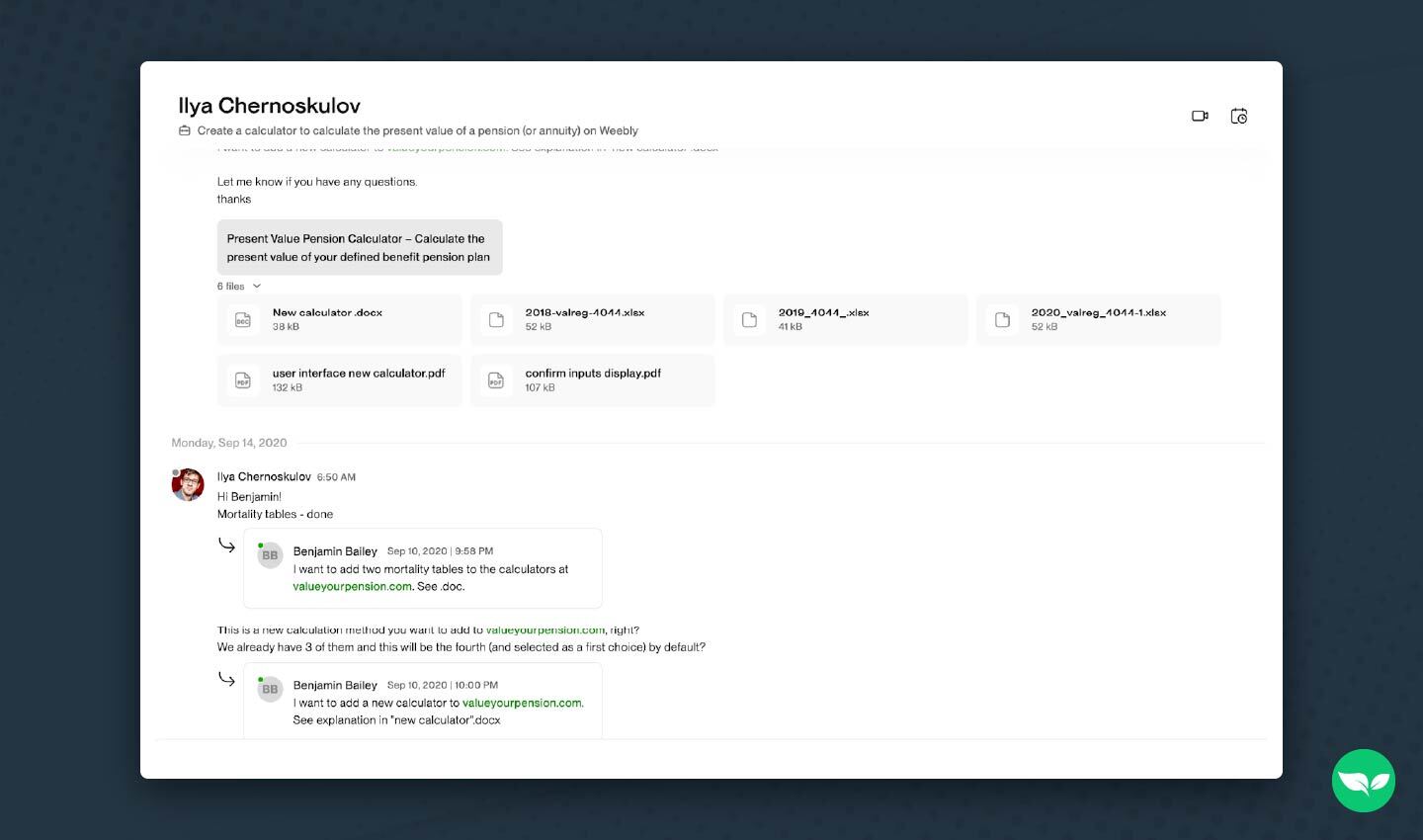
On the design side, Bailey brought in a second freelancer from India to create a basic WordPress layout. The rest of the site setup, the copywriting, SEO, and hosting, he figured out himself.
“I probably spent 200 hours on it overall,” he said. “It cost about $2,000 out of pocket, but that’s because I like to do things myself. If I had outsourced everything, it might’ve cost another $500 to $1,000, and taken way less time.”
Still, he doesn’t regret doing it the slow way.
“I treated it like a hobby,” he said. “It kept my mind busy, and I liked having full control over the process.”
Related: How to Start a Business in 9 Simple Steps
How Much It Earns — and What It Takes to Maintain
So, how much does it make, and how much work is involved?
These days, Bailey spends about two hours a month on the business, mostly just keeping WordPress updated and responding to the occasional email.
“The calculator gets used around four times a week for paid calculations,” he said. The free version offers a rough estimate, which helps users preview the value before paying for a full calculation. “The free estimator version probably gets dozens of uses a day.”
Each paid use brings in $50 to $100, depending on the complexity of the request.
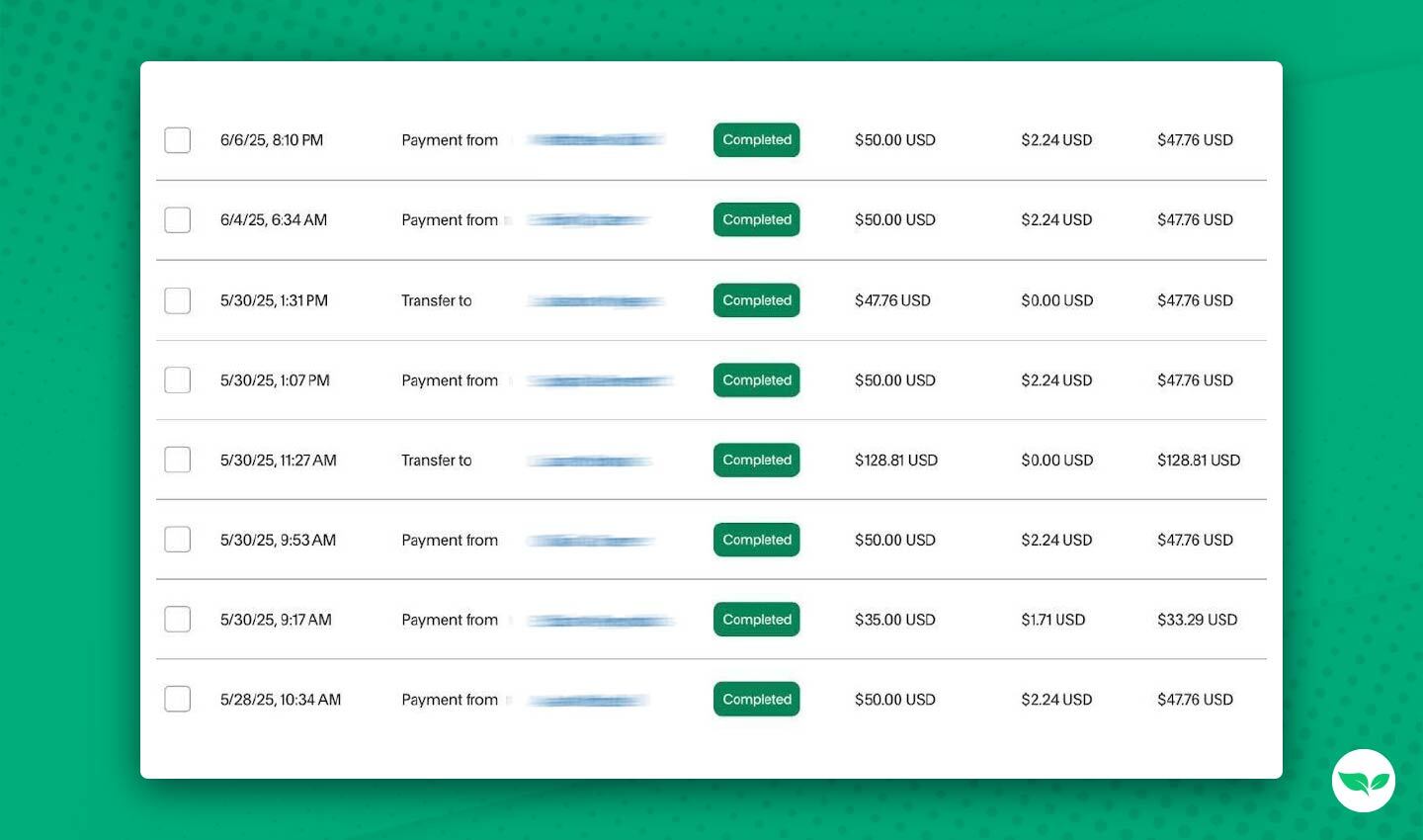
That adds up to about $10,000 to $11,000 a year — income that’s continued steadily for the past few years, with only $200 to $300 a year in hosting and maintenance costs.
“There are weeks when nothing happens, and I start to wonder if the site’s broken,” he said. “Then suddenly there’s a rush of uses and it pays for itself all over again.”
There’s no advertising. No active promotion. No email list, social media presence, or ongoing content strategy. The site just quietly ranks in Google for a problem few people know how to solve, and delivers value on demand.
Related: 19 Profitable Digital Product Ideas to Sell Online
How to Build a Tool Like This (Even If You’re Not Technical)
Bailey’s story isn’t just about pensions; it’s about spotting a bottleneck and solving it with something simple, scalable, and easy to use.
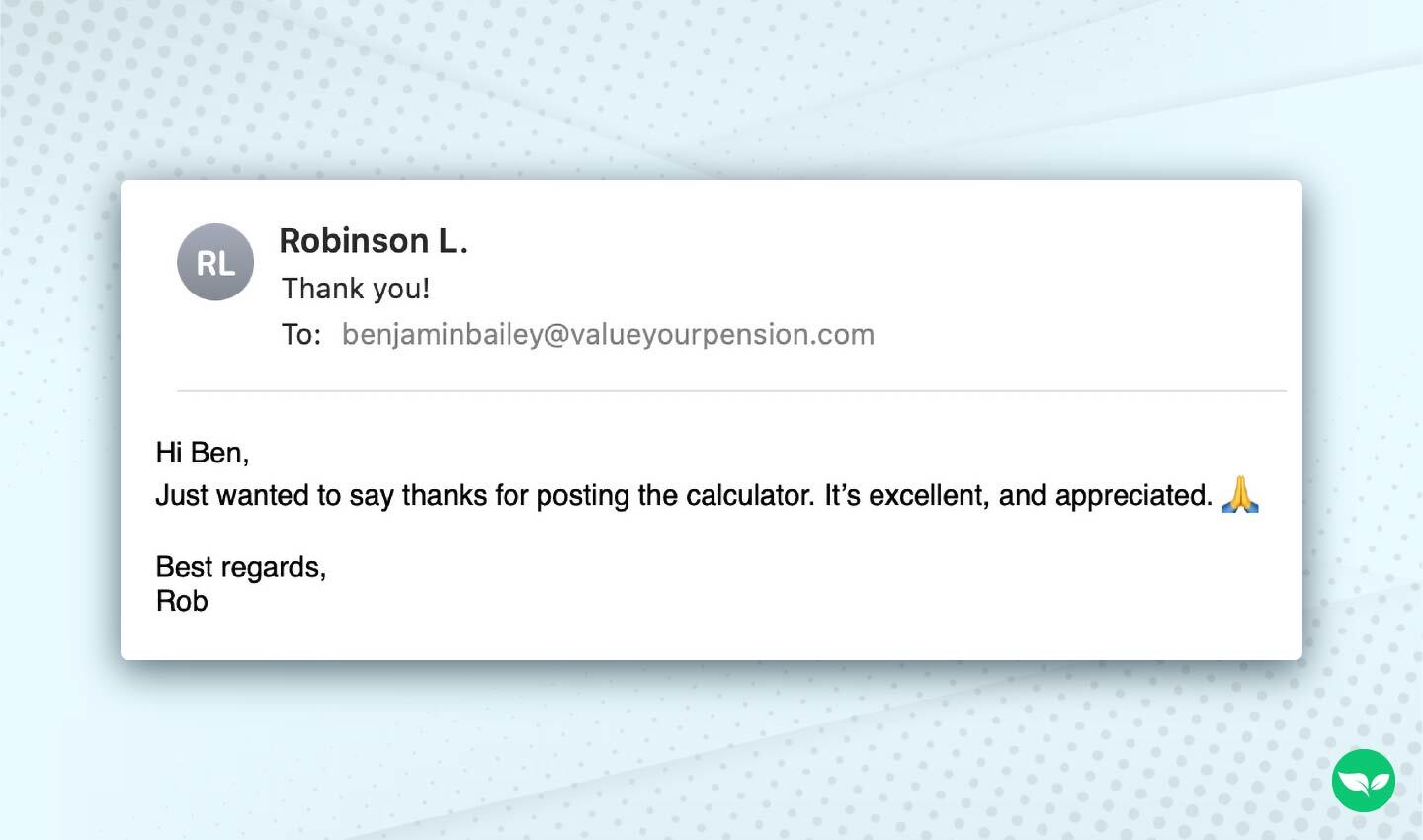
“If you can come up with an online service, there’s potentially a huge market out there,” he said. “You build it once, and it can keep earning for years.”
The most important part, he said, isn’t technical skill — it’s having a clear understanding of the problem you want to solve. Everything else can be outsourced.
“All the expertise you need is on Upwork,” Bailey said. “You can find developers, designers, SEO people, all of it. If you work with freelancers in Eastern Europe or South Asia, your costs stay low. Sometimes there’s a bit of a language barrier, but it’s totally manageable.”
He encourages anyone with niche knowledge to think about what kinds of calculators, tools, or workflows people in their industry are doing manually, and whether those could be automated or packaged into a simple web product.
“You’re not trying to be everything to everyone,” he said. “You’re trying to do one thing clearly and reliably.”
That’s the same approach his son used to build faredip.com, which tracks price drops on airline tickets and helps travelers request refunds or credits. It solves a specific problem, automates a tedious task, and quietly earns money in the background, just like his dad’s calculator.
📊 Want to Build a Tool Like This? Here’s How to Start
- 1. Spot a repetitive problem. Look at your job, industry, or even personal finances. What do people do manually that’s slow, annoying, or overpriced? (Bailey’s tool replaced a $200 actuarial report.)
- 2. Map out the logic. Write down what a user would input, what result they’d get, and how it should be calculated. Even a rough sketch or Google Doc is enough for a freelancer to build from.
- 3. Hire specialists — not just a developer. Use Upwork to find freelancers for: logic setup (often spreadsheet-style formulas or scripts), front-end layout (WordPress, Webflow), and technical setup (payment gateways, hosting, domain connection).
- 4. Start small and iterate. Bailey spent $2,000 and 200 hours, but says most of it could’ve been outsourced. You could get a basic version live for a few hundred dollars if you’re clear about what you need and willing to iterate.
- 5. Let the problem drive organic traffic. Bailey never ran ads or built a social following — he just solved a question people were already Googling.
Tax Perks, Passion Projects, and What’s Next
Bailey still has ideas in the pipeline.
“I’ve had a more advanced version of the calculator half-finished for two years,” he said, laughing. “It just works well enough that I haven’t needed to rush.”
He’s also planning to release a new tool — one designed to help investors decide whether to hold or cash out their I Bonds. “In theory, people could figure it out themselves,” he said. “But they’d have to find the formula in a Reddit thread, build a spreadsheet, and model out competing interest rates over time. Most people just want a clear answer in plain English.”
That blend of complexity + clarity, and turning it into a simple web interface, is what he’s aiming to replicate.
Bailey says the financial upside of running a small online business goes beyond just the revenue. “There are real tax benefits,” he said. “The 20% QBI deduction, Section 105 plans. These are things you can’t do as a W2 employee.” The business also gives him a reason to keep learning, experimenting, and staying sharp, even into retirement.
“It’s been intellectually rewarding,” he said. “It helped my wife’s divorce mediation business, it pays for itself, and it’s something I built once that still creates value. That’s hard to beat.”
Related:
- 21 Best Passive Income Ideas to Make Extra Money in 2025
- How to Make $10,000 a Month: 15 Proven Strategies That Work
- How This College Student Built a $1 Million Subscription Box Business
- 31 Practical Ways to Make $500 Fast
- How One Med Student Makes $190K a Year Selling Online Courses

